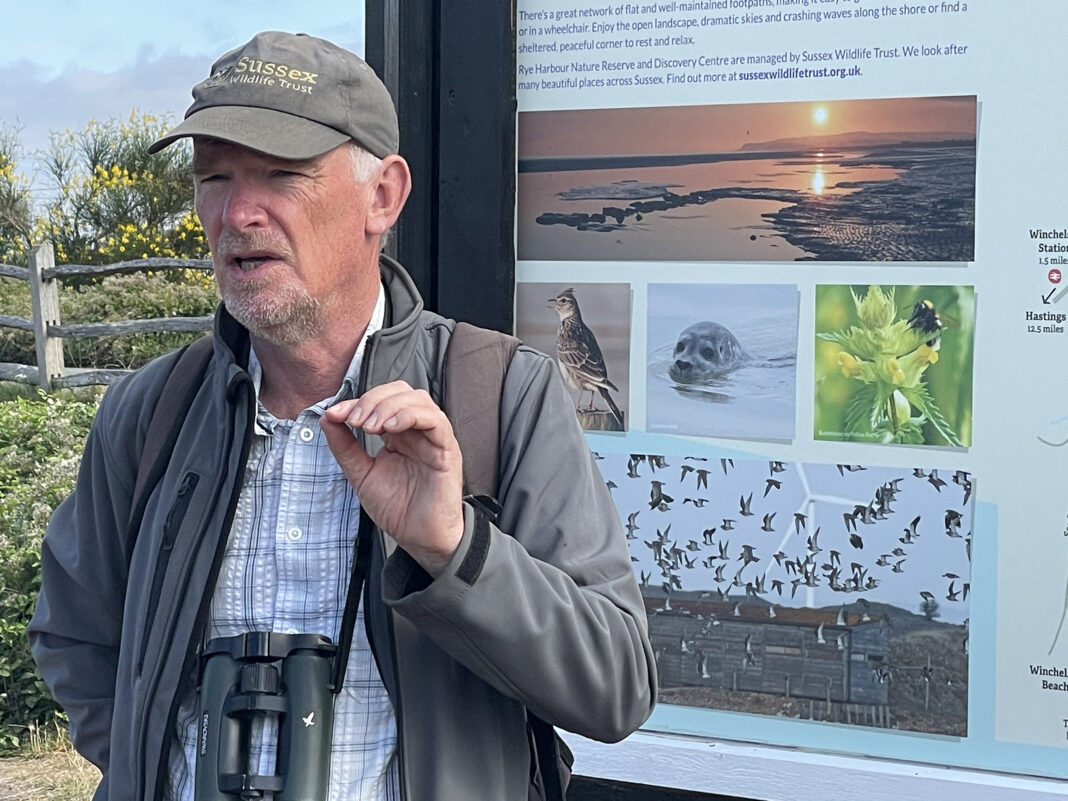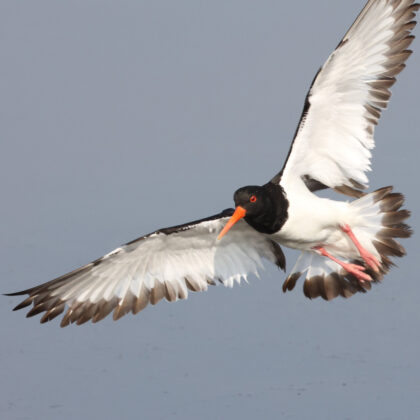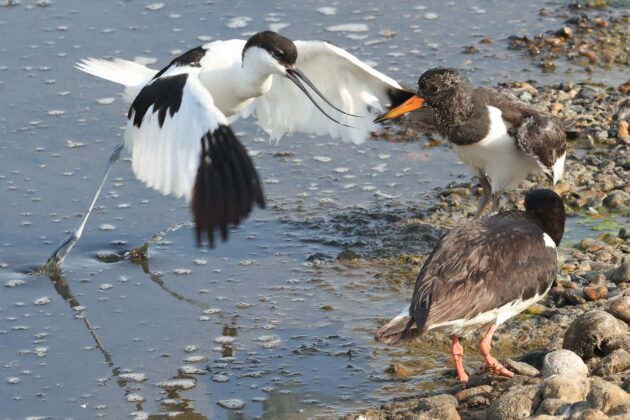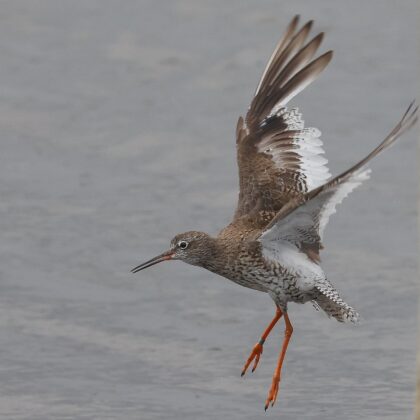Last week we reported how the Friends of Rye Harbour Nature Reserve had been honoured with the King’s Award for Voluntary Service. The Friends have a new chair in Barry Yates, who is interviewed here by Laura Ross, communications officer, Rye Harbour Nature Reserve.
In 1984, Wham! were dominating the charts, the miners were on strike and Ronald Reagan was elected for a second term as president of the USA. It was also the year that Barry Yates became the warden of Rye Harbour Nature Reserve.
Fast forward 40 years and he’s back here in a new role as chair of the Friends of Rye Harbour Nature Reserve. I caught up with him to understand what motivated him to return and his hopes for the future.
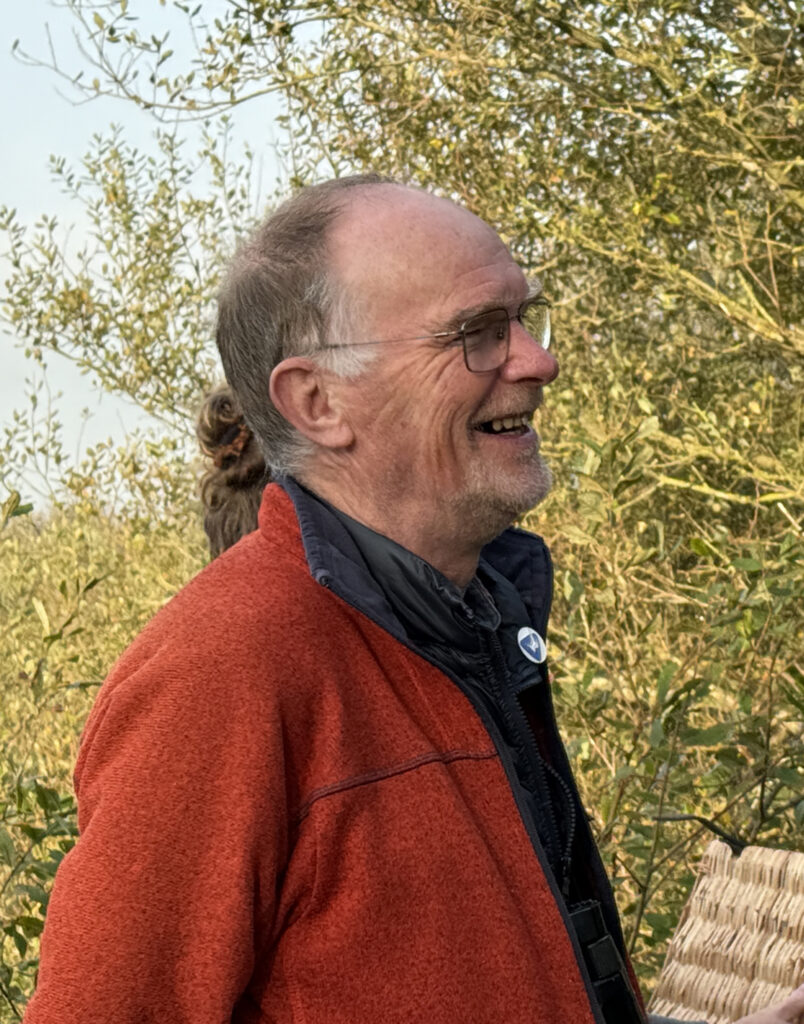
Firstly, congratulations. What are you hoping to bring to your new role?
Having lived and worked within the nature reserve for a long time, I understand how important it is to many people and the significant contribution we get from their loyal support. This needs to be harnessed and channelled into making the reserve better for people and wildlife. Some supporters have known it longer than I have, and I hope to use the huge amount of experience within the Friends to help the work of Sussex Wildlife Trust.
For those that don’t know, who are the Friends of Rye Harbour Nature Reserve?
The Friends is an incredible organisation of support, that has contributed both financially and as a pool of practical, hands-on support for many years. They were established in 1973, with the aim of providing support to the management committee. There were lots of small fundraising events and the membership built up in the first decade to a few hundred. We now have around 2000 members. In those days conservation was very different and wasn’t really considered to be mainstream. As the reserve developed, the Friends have supported significant projects, including providing living accommodation for some staff and helping with the acquisition of Castle Water in 1995. They’ve also provided seed funding for a series of European projects, funded or part funded the five wheelchair-accessible bird hides and tools and vehicles used on the reserve.
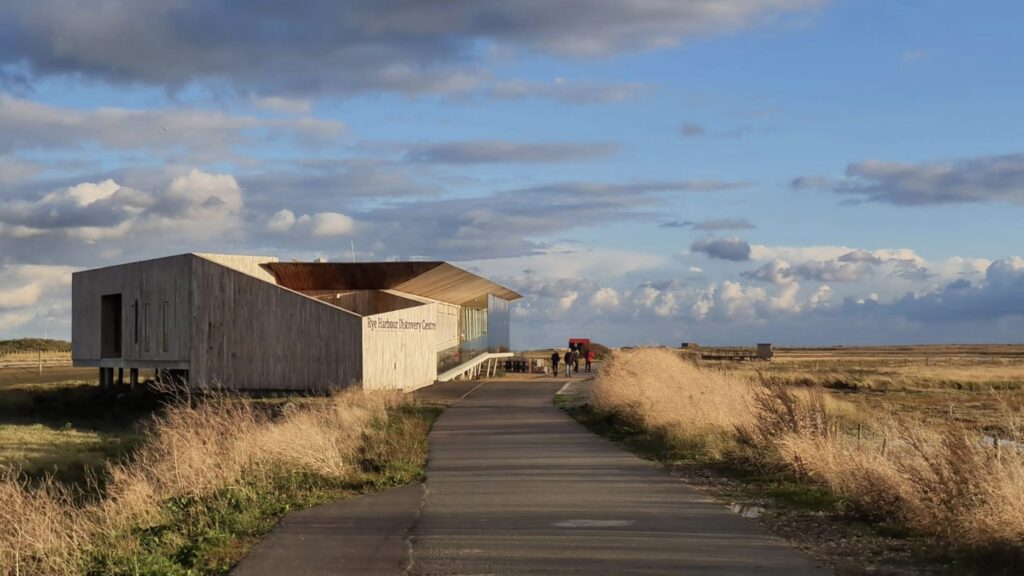
Another highlight is the discovery centre. Tell us how that began.
The whole idea of the discovery centre started with a previous chairman, John Gooders, who took on and encouraged the leasing of the original Lime Kiln Cottage from the Environment Agency. He suggested that the tiny little space in the old garage at Lime Kiln Cottage should be managed as an information centre and so it was for over 15 years.
Over that time, the visitor numbers grew to around 300,000, clearly demonstrating a need for a larger visitor centre. When the Friends were left a very generous legacy by the Layton family, it was decided that the best thing to do with the money, was to work with Sussex Wildlife Trust to develop a space with an education facility that was welcoming to everyone. And here we are today sat in the classroom!
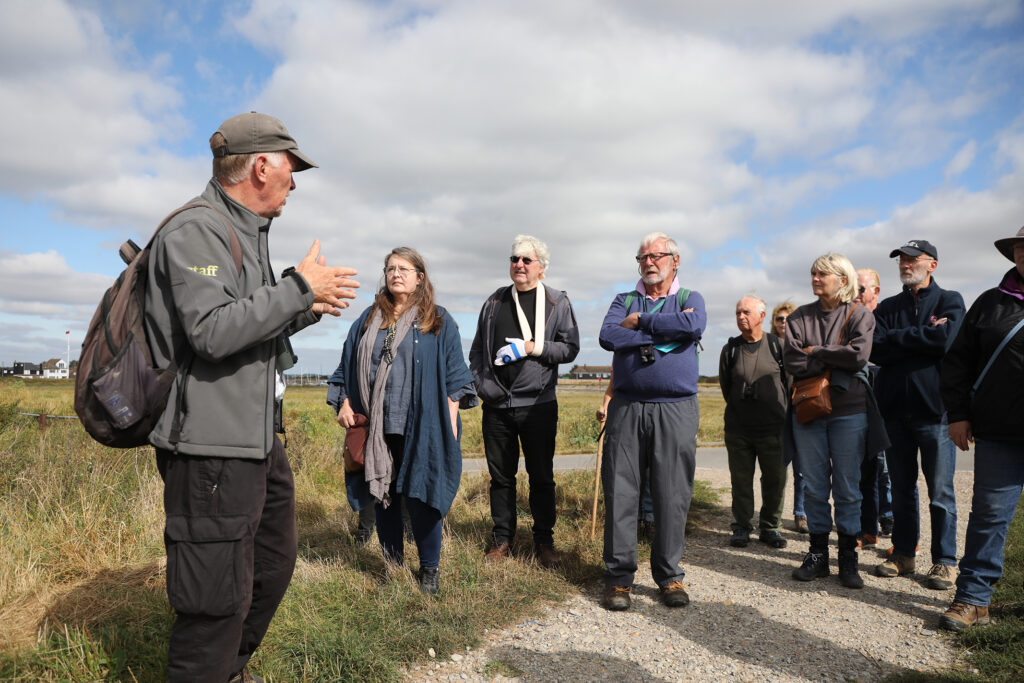
How do you see the relationship with Sussex Wildlife Trust developing?
It’s been a challenge to maintain the identity of two different organisations. Both have a common ambition for Rye Harbour Nature Reserve, and both are supported by a valued group of members. With the opening of the discovery centre, there’s been a rapid transition and it’s been great to see how the Friends and Sussex Wildlife Trust have worked together on this. The ambitions of the trust, overlap closely with the ambitions of the Friends. I’m looking forward to seeing how we can continue to strengthen this partnership.
What are the key conservation issues you will be supporting?
The Friends have always wanted to help with expanding the nature reserve. You can do that by buying land, but opportunities to do that come along rarely, so trying to build relationships with neighbouring landowners is important, alongside trying to maintain landscape scale conservation.
The next few years leading up to 2030 are going to be important for the planet. The UK has committed to protect 30% of land and sea for nature by 2030 (30by30), to support the global 30by30 target agreed at the UN Biodiversity Summit (COP15) in 2022. If we can influence our members to think differently about how they go about their daily lives, what they purchase, how they manage their gardens and what organisations they support, that will be something.
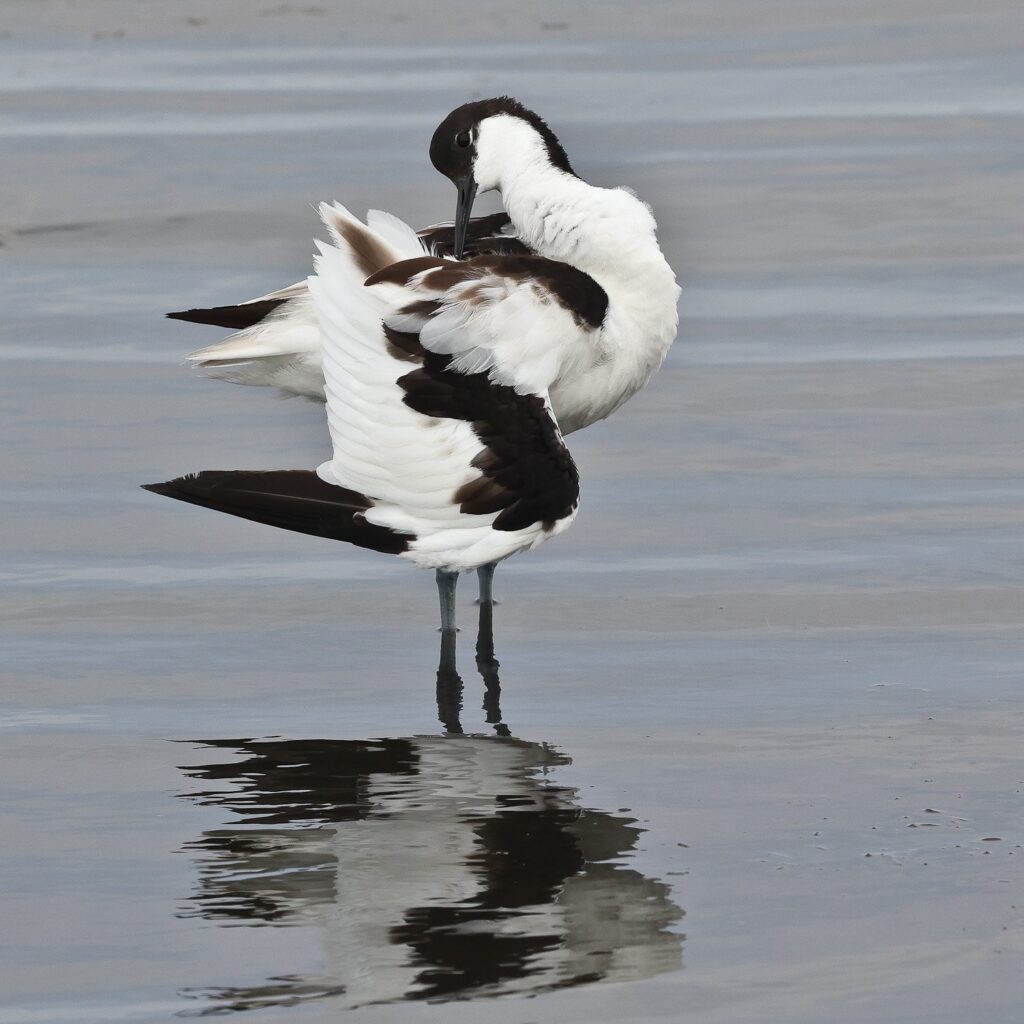
It sounds like you’re someone who has a never-ending to-do list. How do you relax?
I find photography very therapeutic. You can never take the perfect photo, so there’s a continuous challenge to try and take a better image than the one before. I try to use my images to continue the work that I’ve been involved with on the nature reserve. It’s only with the advent of digital photography and the outlet of social media that it has given me a platform to bring it all together.
Image Credits: Kt bruce , Barry Yates .



